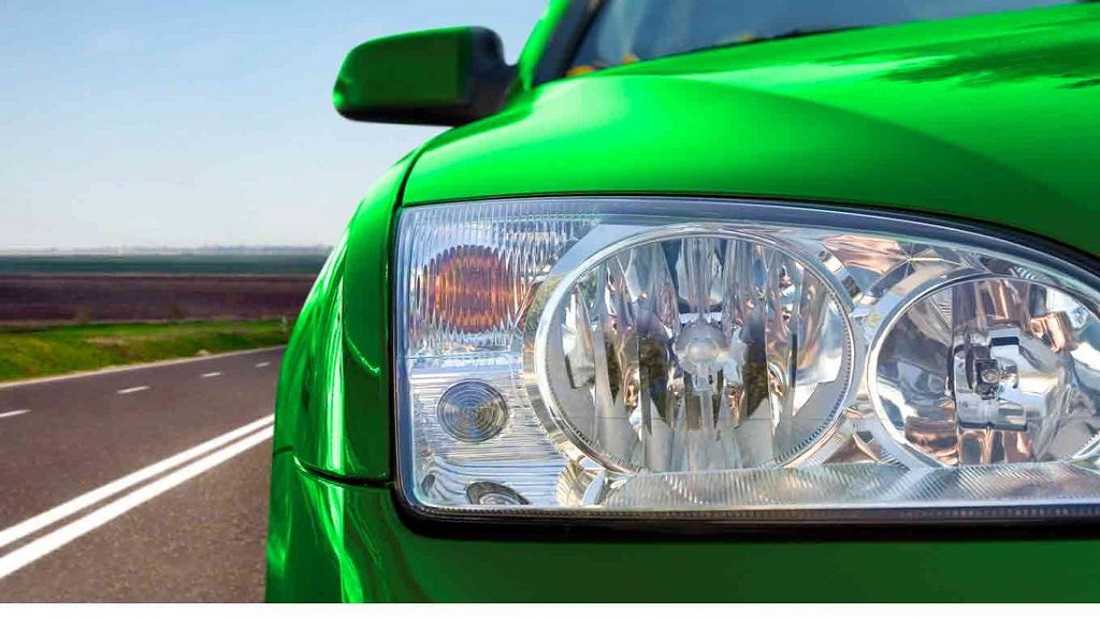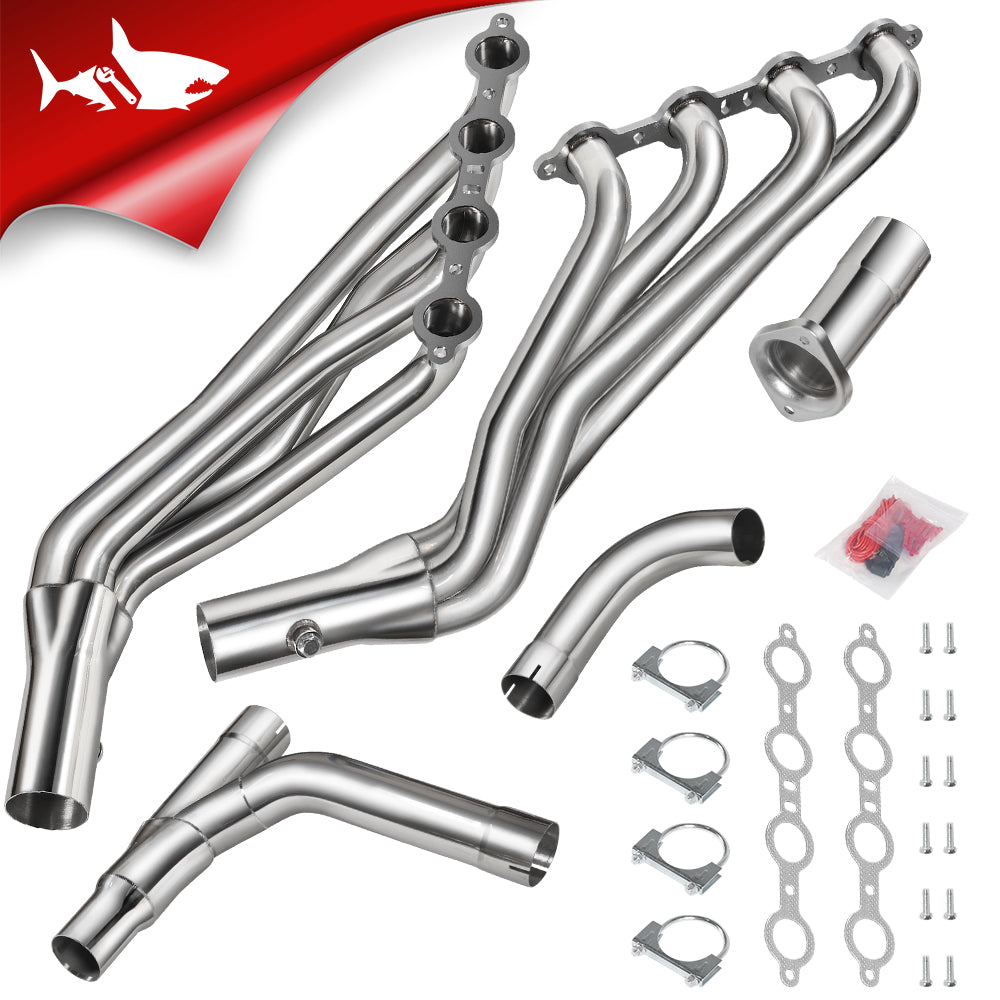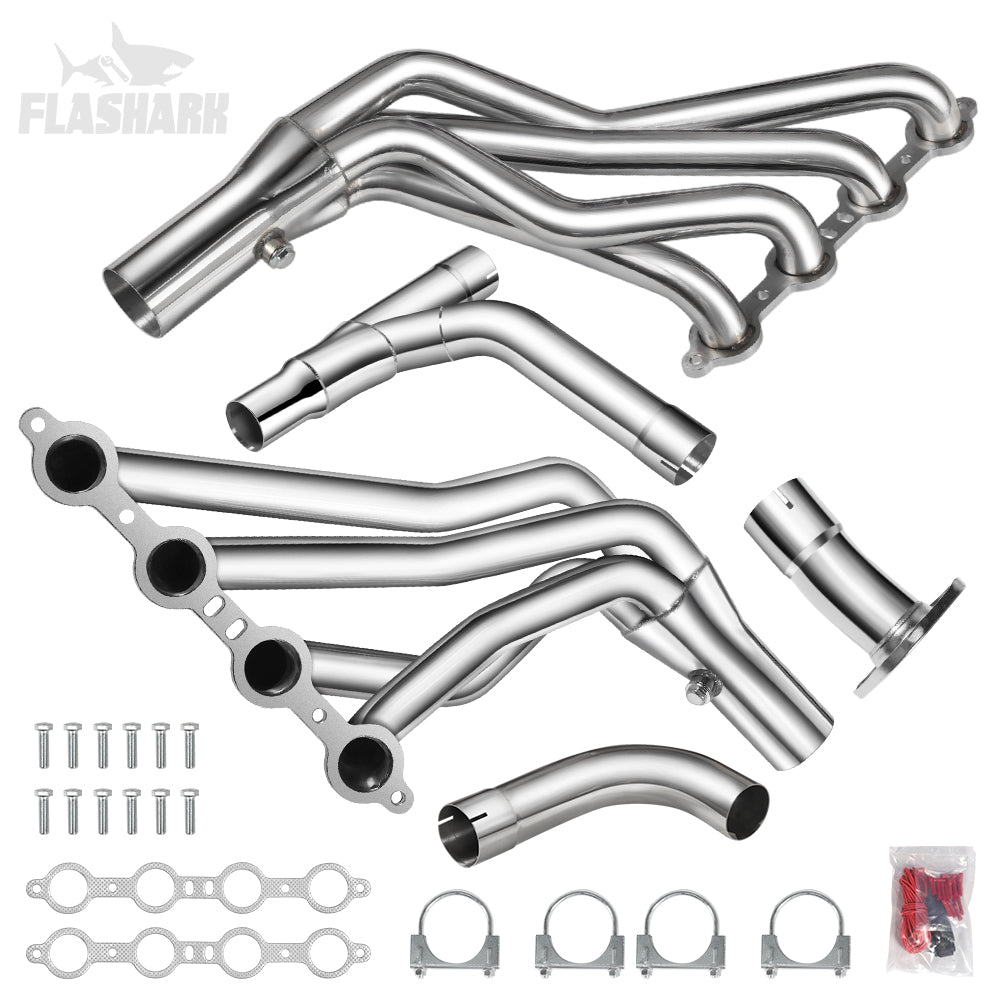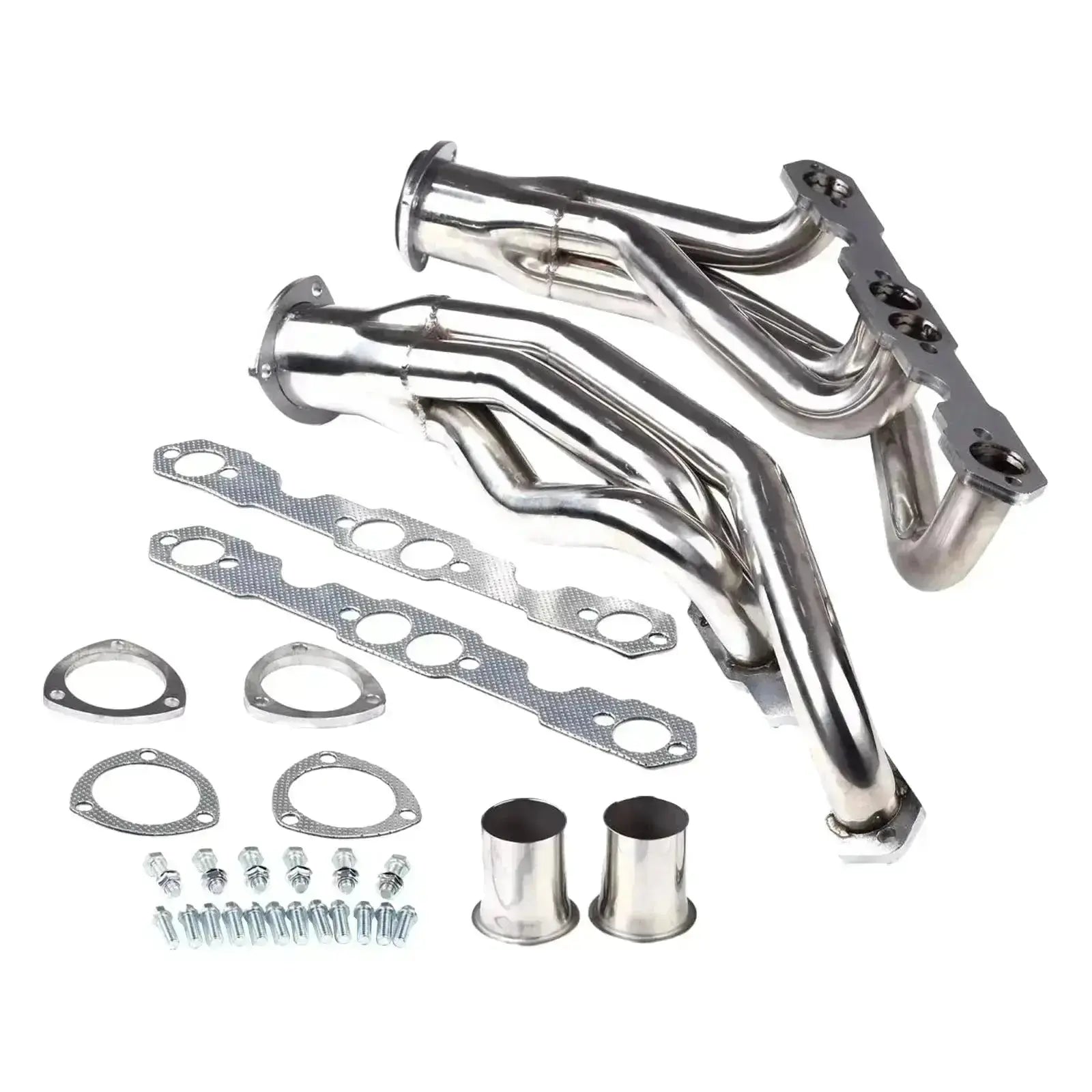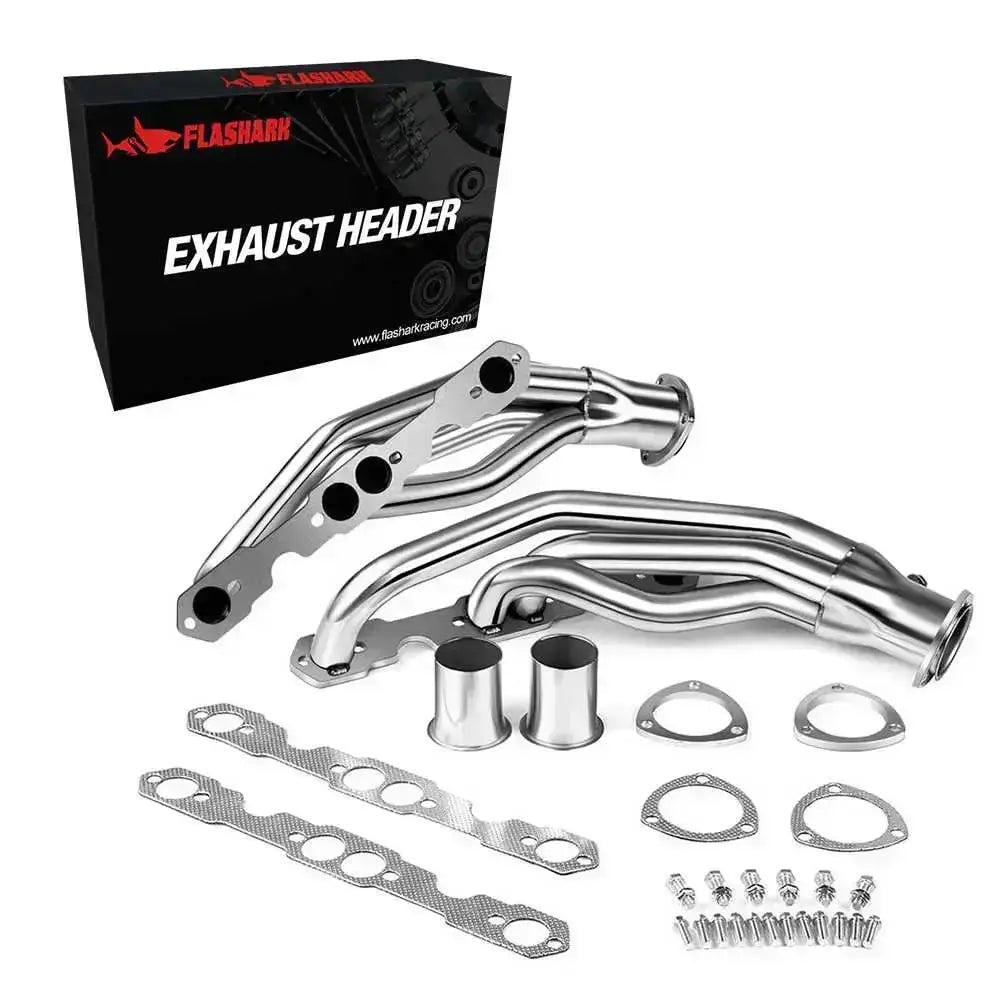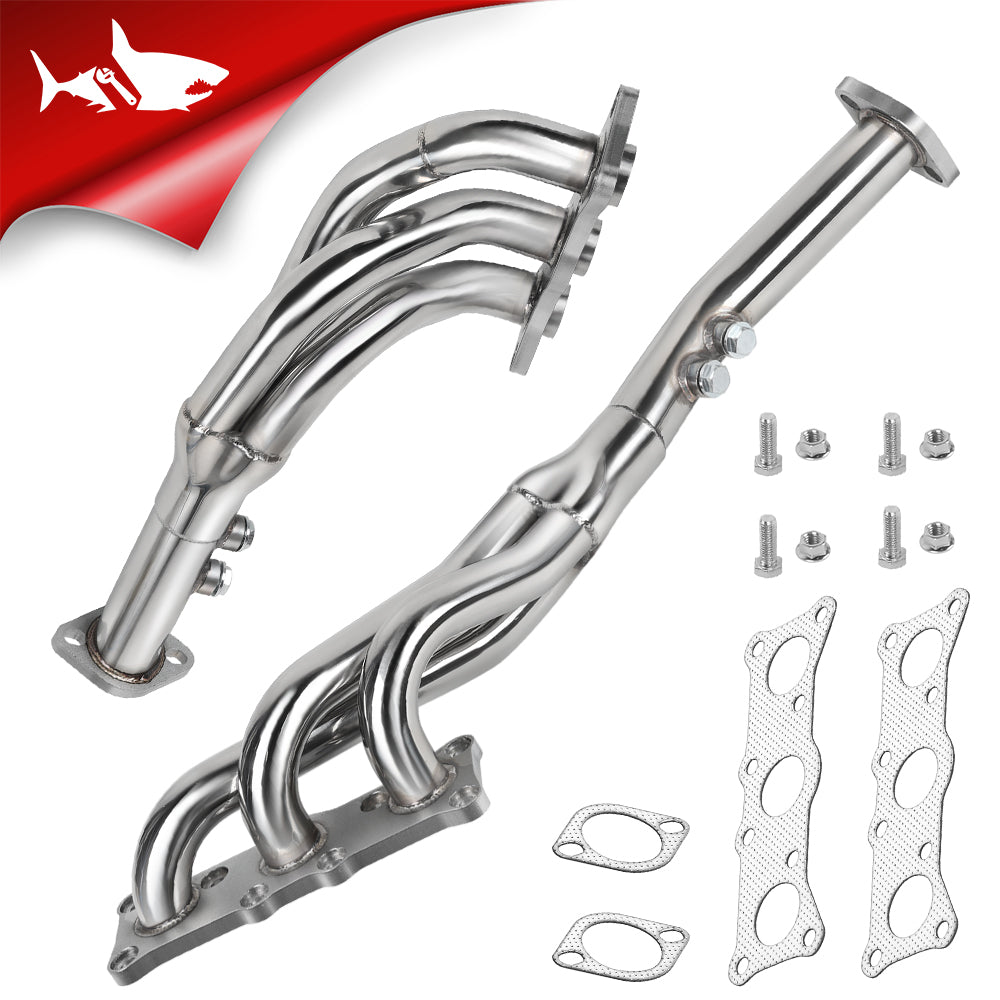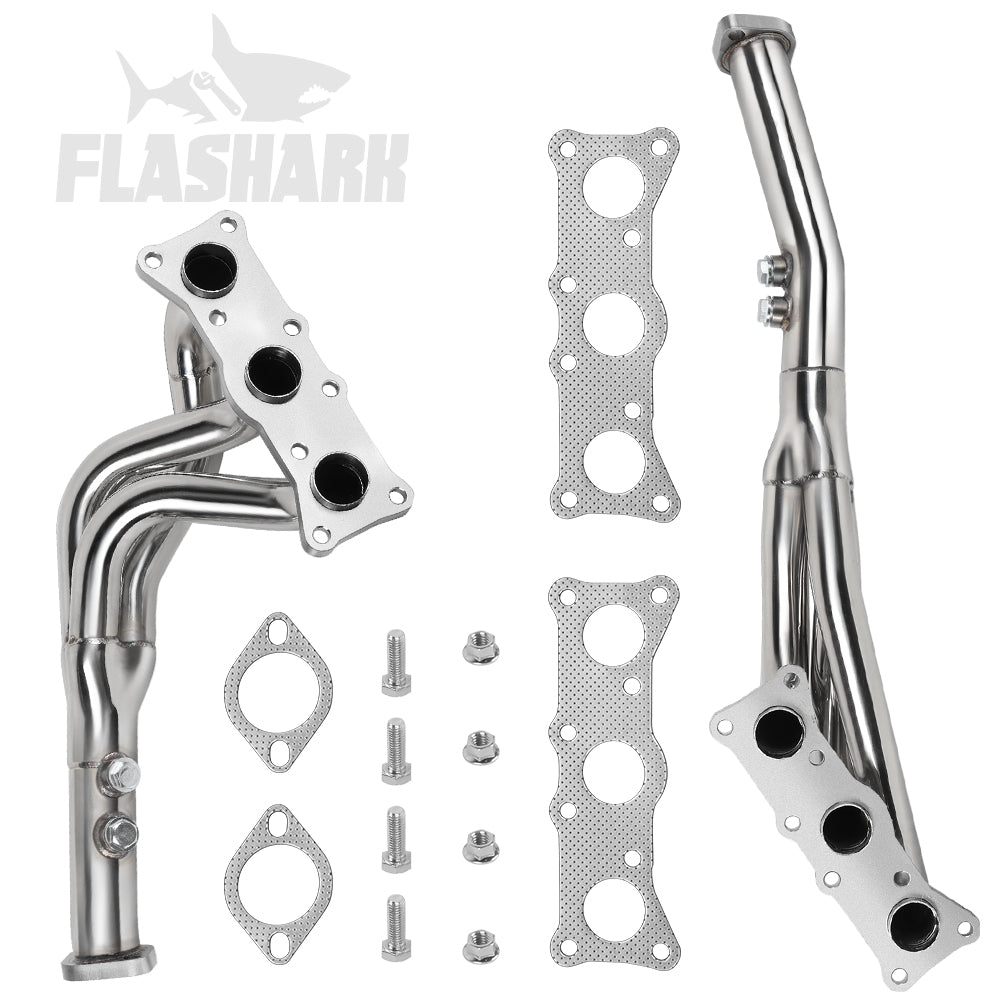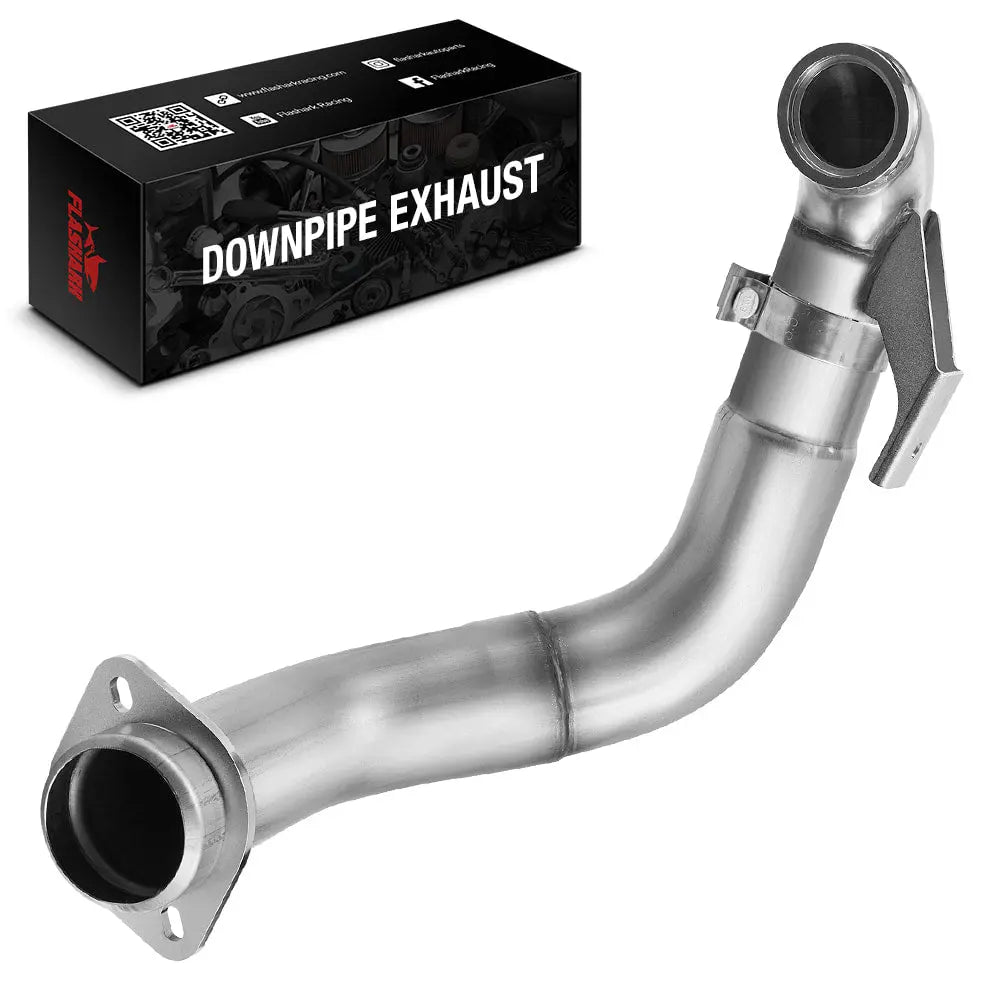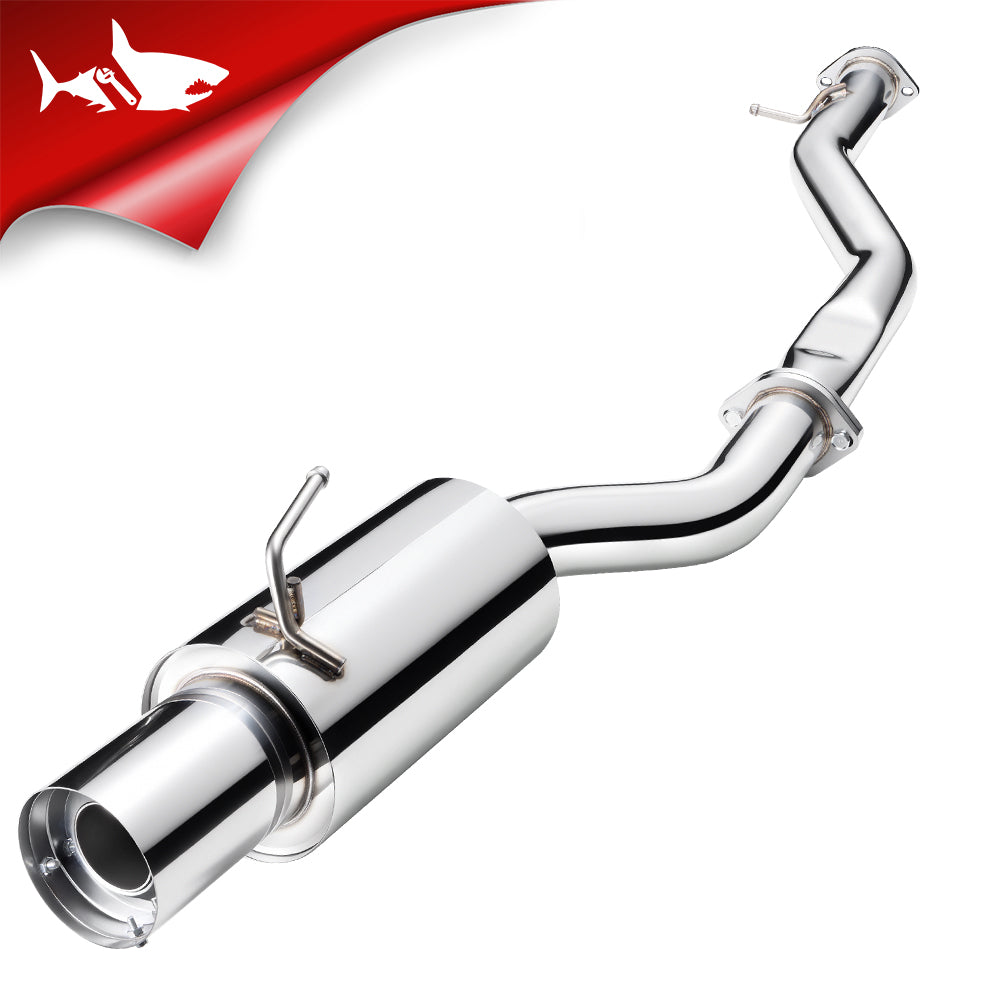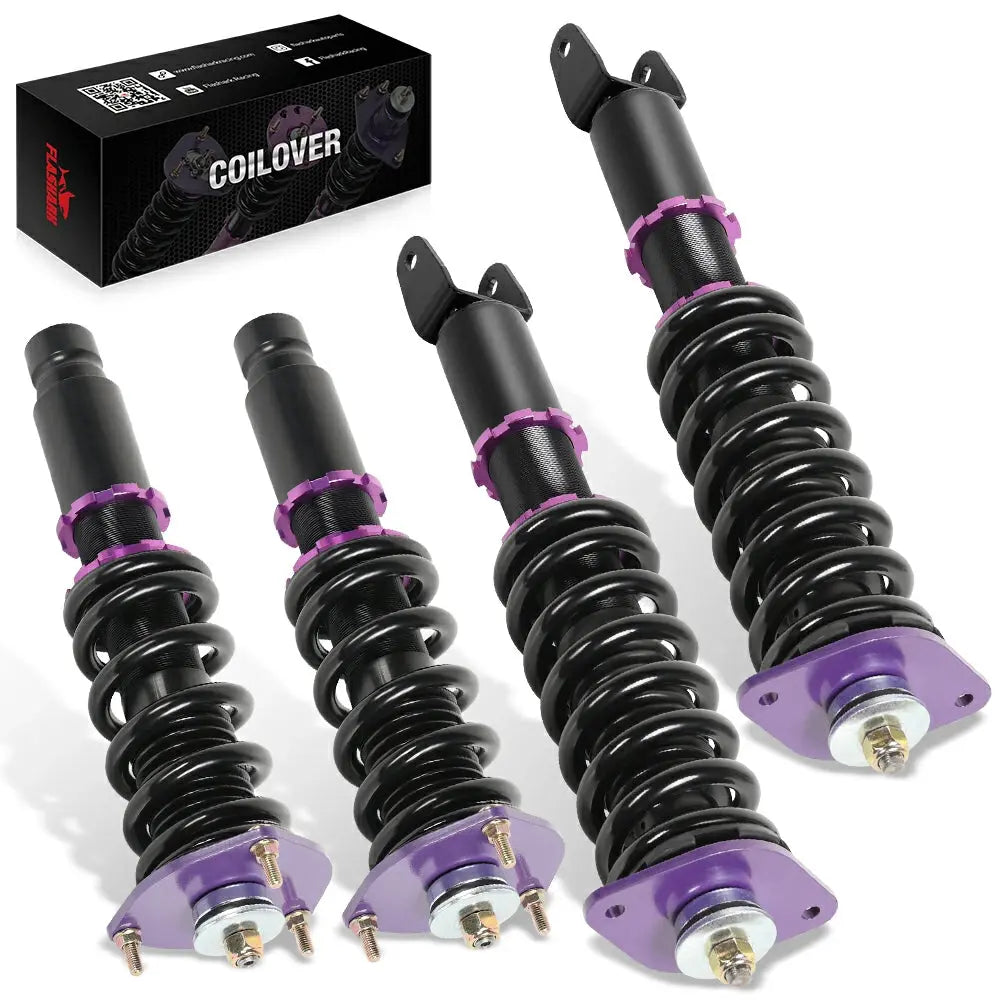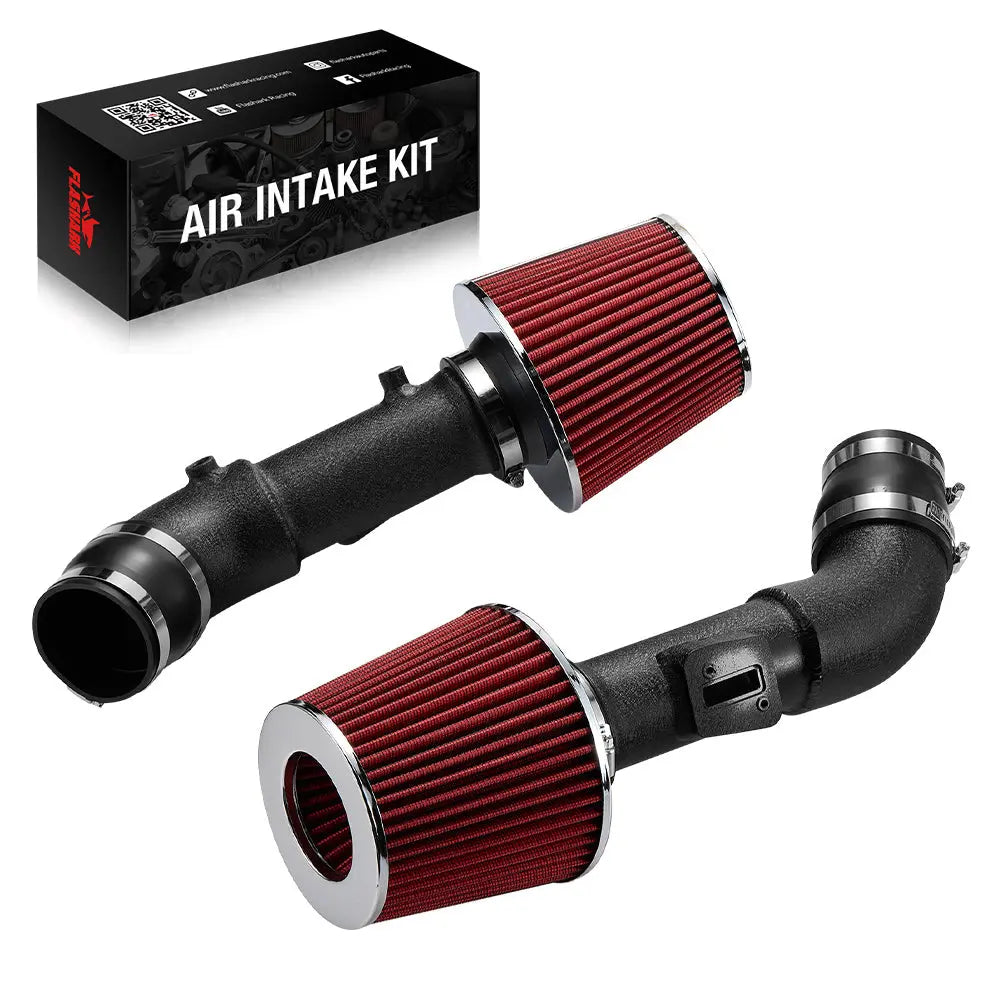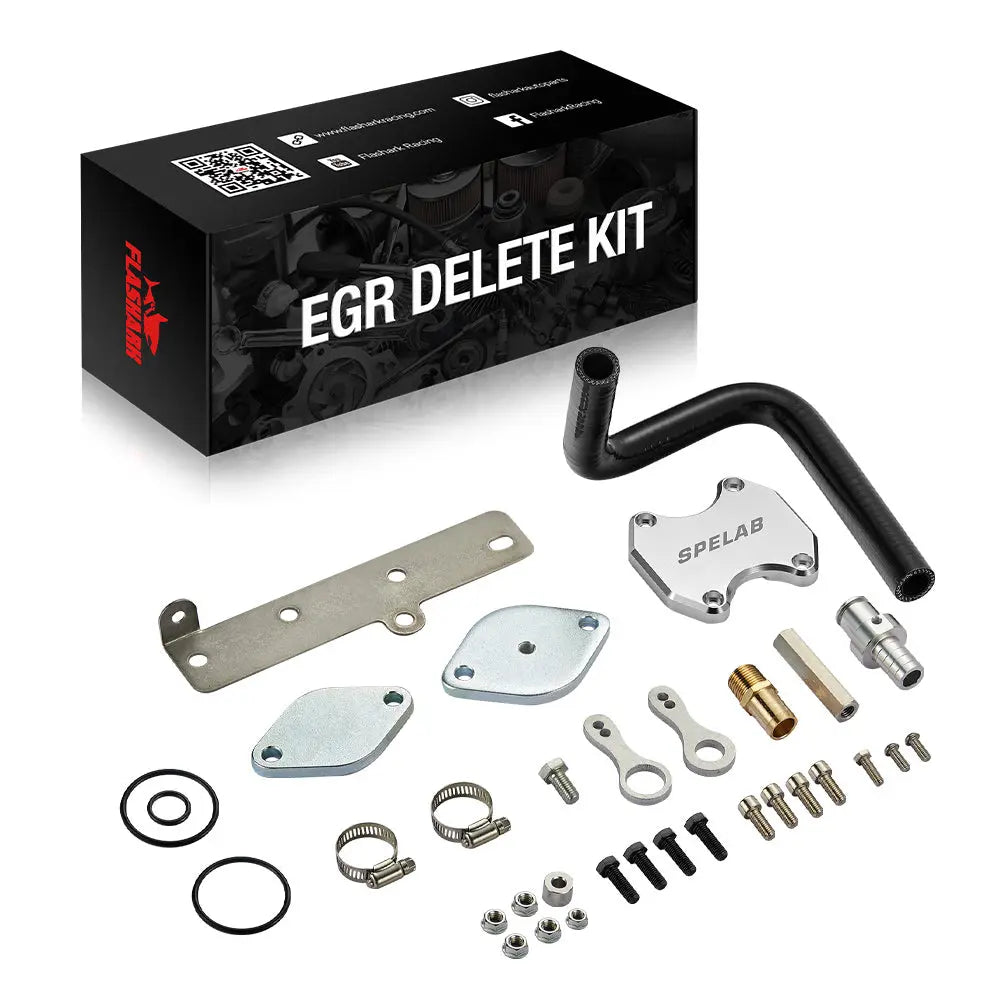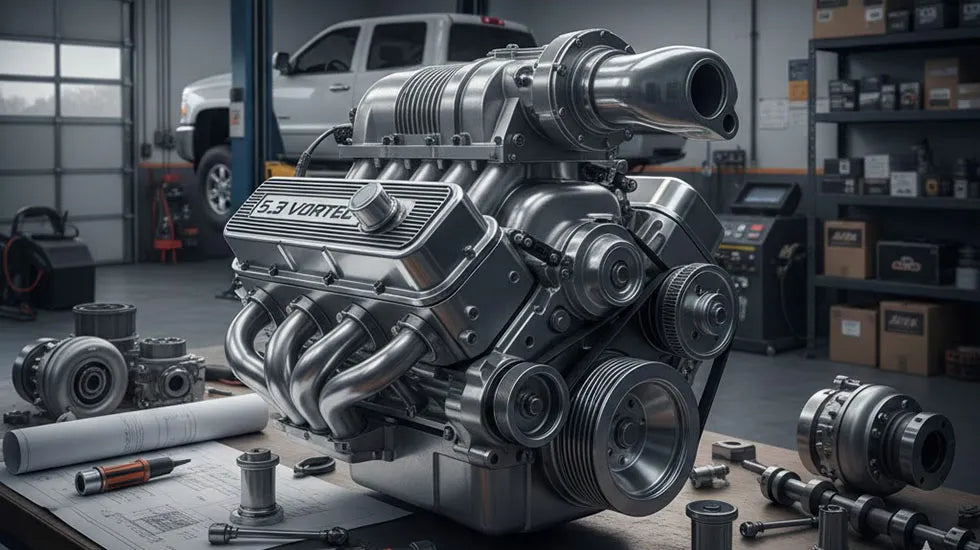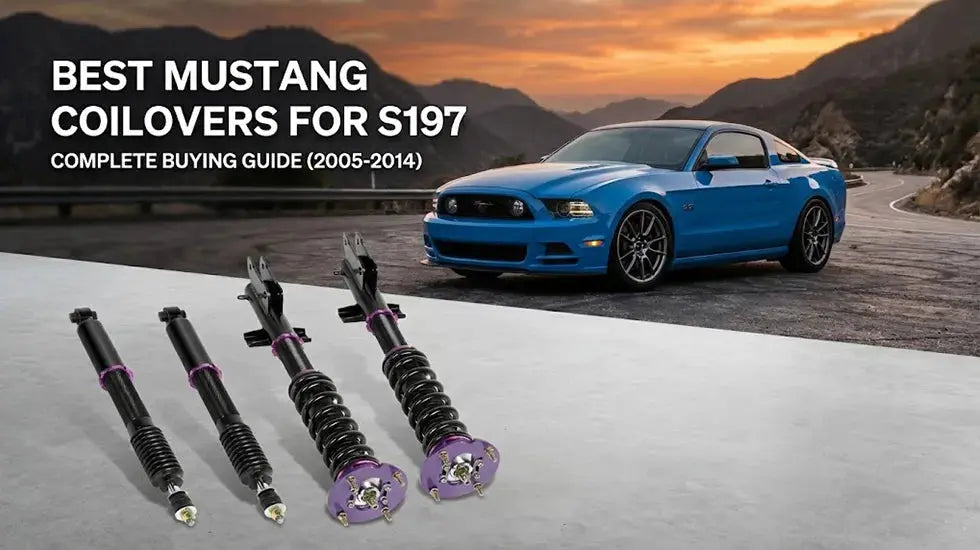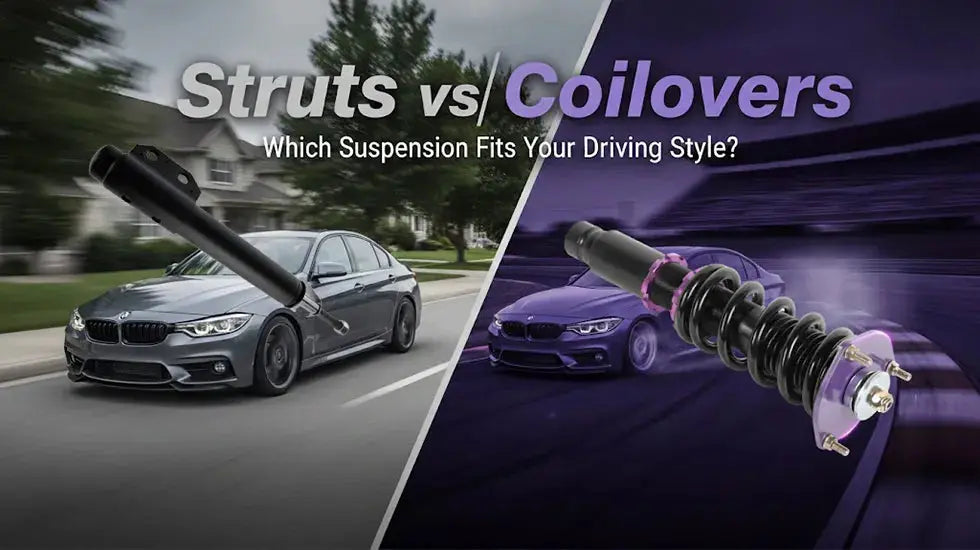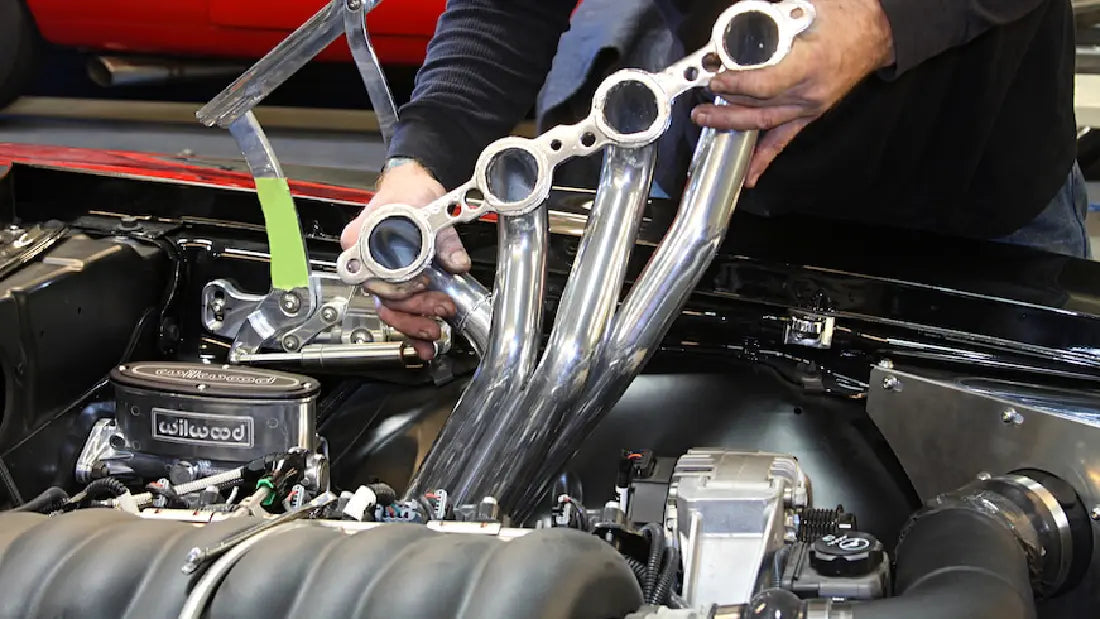As lighting technology develops, more and more automobiles come standard with LED headlights and LED taillights. This is made possible by all the incredible advantages LEDs have over conventional incandescent bulbs.
Do LED Lights Get Hot?
In a nutshell, LED lights do get warm. Contrary to popular belief, LEDs are significantly cooler than the incandescent and halogen bulbs of the past.
However, not in the way we may anticipate, LED lights do get hot. Remember how you had to wait for a light bulb to cool before changing it? Infrared radiation, which heats up conventional bulbs, makes the surface of the bulb feel warm to the touch.
"While there is a misconception that LED lights don't generate heat, it is not entirely accurate. Although the beam does not emit any infrared radiation, the fixture does, "Michael Meiser, a Lumilum lighting specialist, explains.
In contrast to incandescent bulbs, which convert 90% of their energy into heat, LEDs only convert 20% to 50% of their energy, based on the kind and power rating of the bulb. Therefore, a 10 Watt LED, which is equivalent to a 60 Watt incandescent, will only produce 10% as much heat as the latter.
Due to the internal elements that produce the light, even the greatest LED light bulbs will somewhat warm up with time. The LED bulb's base serves as a heat sink, allowing the surface to stay at a safe temperature. But the heat output will increase if these parts aren't properly ventilated.
According to Peter Legg, lead designer of där lighting, LED bulbs don't typically heat up because they are inherently low heat technology. They may heat up above their typical temperature if they are left running in an enclosed area without ventilation, like a small glass shade. "This will significantly reduce their lifespan and might cause your light to go into its "safe mode," which causes it to shut off regularly."
Are There LED Lights That Don't Get Hot?
There are no LED lights that do not emit heat; unfortunately, LEDs do as well as anything that generates energy.
There are ways to prevent your LED lights from overheating and losing their lifespan:
· Try to avoid leaving LED light bulbs on for a long time. As a result, the LED may overheat and eventually provide less light or cease to function altogether.
· Pay attention to the power supply guidelines provided by the manufacturer.
· Increase ventilation and room size. LEDs will overheat more quickly in cramped or compact spaces than in bigger, airier spaces.
Can LED Lights Cause a Fire?
Given that LED bulbs don't emit enough heat to ignite a fire, it is extremely improbable that LED lights will start one.
Michael Meiser warns that LEDs will never reach a temperature that could start a fire, in contrast to incandescent bulbs, which can reach a temperature of 216oC in just 3 minutes.
However, this could catch fire if they are improperly installed or if the wiring circuit is outdated or damaged.
As more lights are powered from one source, Michael Leiser adds that "string and strip lighting could represent a bigger risk." String or strip lights should not be installed next to combustible objects, be fitted into tight places, and the socket should not be overloaded to limit the fire risk.
Why Choose LED Lights Over Other Bulb Types?
According to Michael Meiser of Lumilum, LED lights can consume up to 90% less energy than incandescent and 80% less energy than halogen bulbs.
"Plus, they have a lifespan that is up to 25 times longer than that of incandescent bulbs, which typically last 1,200 hours. Halogens, which are touted to last twice as long as incandescent, are only somewhat better than this. However, LEDs still have a 10x greater lifespan and typically operate for 25,000–50,000 hours. They are more cost-effective, safe, and environmentally friendly because they also release substantially less heat and use less energy to emit the same quantity of light.
Additionally, by replacing old inefficient bulbs with the best smart light bulbs, homeowners may be able to manage lighting with voice commands, a control hub, or a smartphone.
Do LED headlight bulbs get hot
In the rear of their fixtures, led bulbs headlights produce some heat. To dissipate heat, some versions come with fans or braided heat sinks. However, when they are operating, the bulbs themselves produce relatively little heat. They aren't intended to melt snow off the headlight lenses of your car.

Some Frequently Asked Questions
- Can you leave the LED lights on constantly?
Simply put, well-built LED lights can be used every day of the week for up to 24 hours. Compared to traditional types of lighting, LEDs release extremely little heat, making them less prone to catching fire or overheating.
- Do LED lights cause fire?
The heat produced by LED lamps is insufficient to start a fire. They nearly entirely employ their energy sources for light emission; thus, they don't generate enough heat to start a fire. Since overheating is the most common reason for lightbulb fires, LED lights are less likely to catch fire than incandescent lights.
- Can LED String Lights Hot?
It's true. The LED lights warm up, but they don't become unbearably hot. Additionally, a lot depends on the kind of LEDs used and their surroundings for the LED lights to achieve a warm temperature. For more detailed safety guidelines, check the manufacturer's instructions before setting up a Christmas tree, adding lights to a bedroom, or lighting up plants in your front yard. Regardless of the environment and product being used, LED lights are unlikely to become so hot as to be damaged.

